St. James House of Prayer Episcopal Church
Introduction
Text-to-speech Audio
This 1922 Gothic Revival church serves to this day Tampa's Episcopalian community. The original congregation began in 1895 as the Anglican Episcopal Church for Tampa's Black population. Many of the congregants were immigrants from the Bahamas and Cuba and were working in Tampa's cigar industry. In 1926 it became a parish. Although segregation was active in Tampa since the congregation's founding, St. James thrived for more than a century. In 1997, it merged with the The House of Prayer Episcopal Church and became the St. James House of Prayer Episcopal Church. The building itself is significant for its Gothic Revival design and the fact that it was built of chert rocks that were, it is believed, sourced from the Hillsborough River.
Images
St. James House of Prayer Episcopal Church was erected in 1922. It is known for its rough rock construction, which is uncommon in Florida. Some believe that the rock was taken from the Hillsborough River.
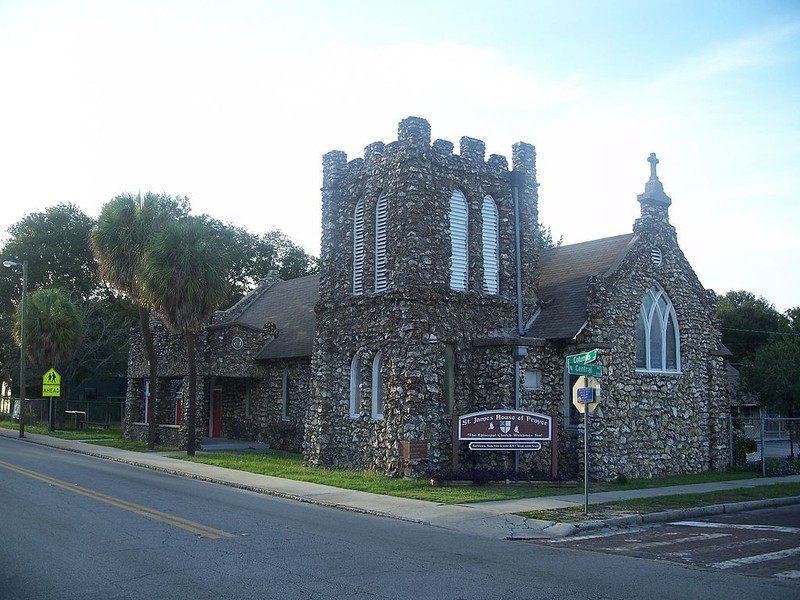
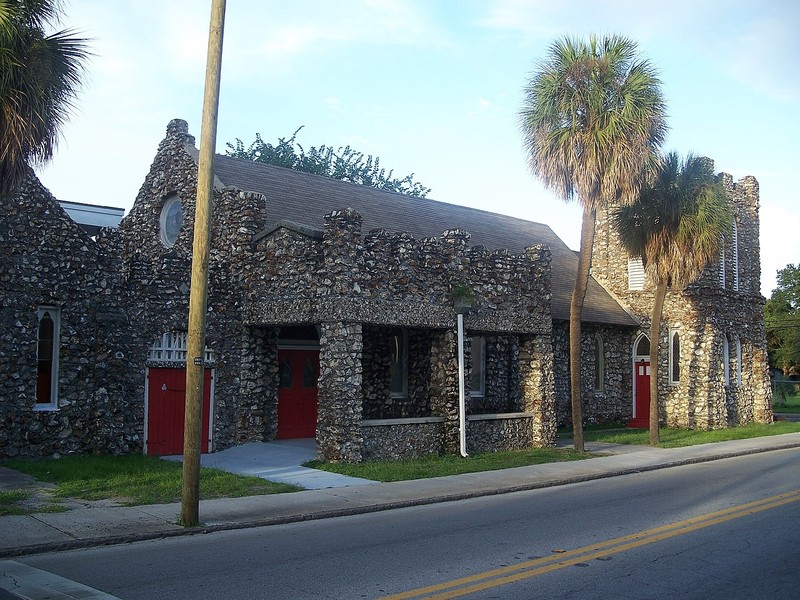
Interior of the church
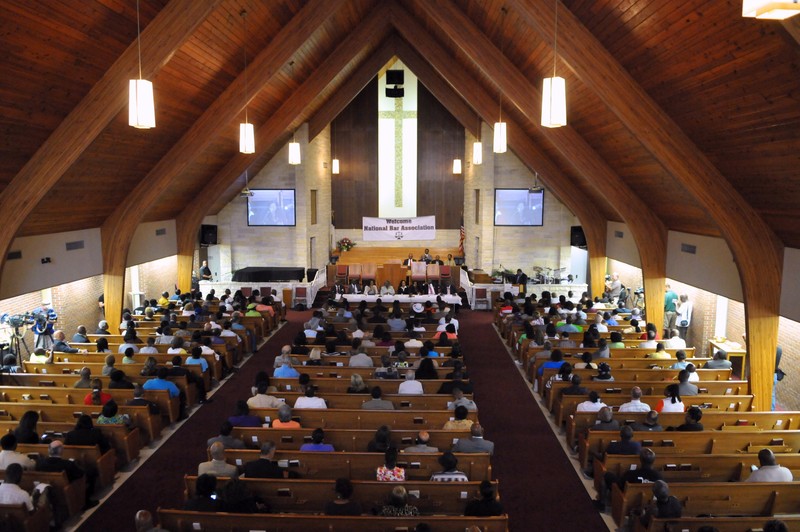
St. James as it looked not long after it was completed
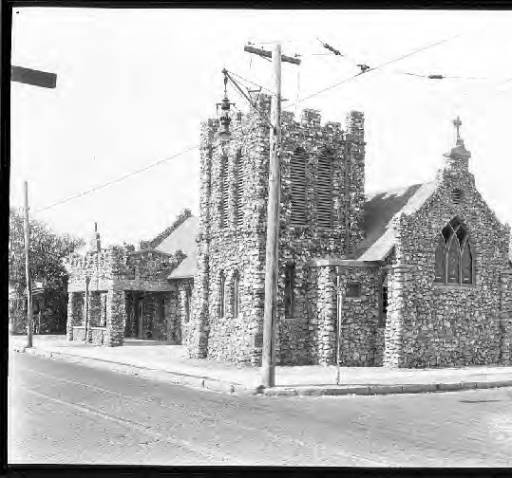
Cornerstone of the church
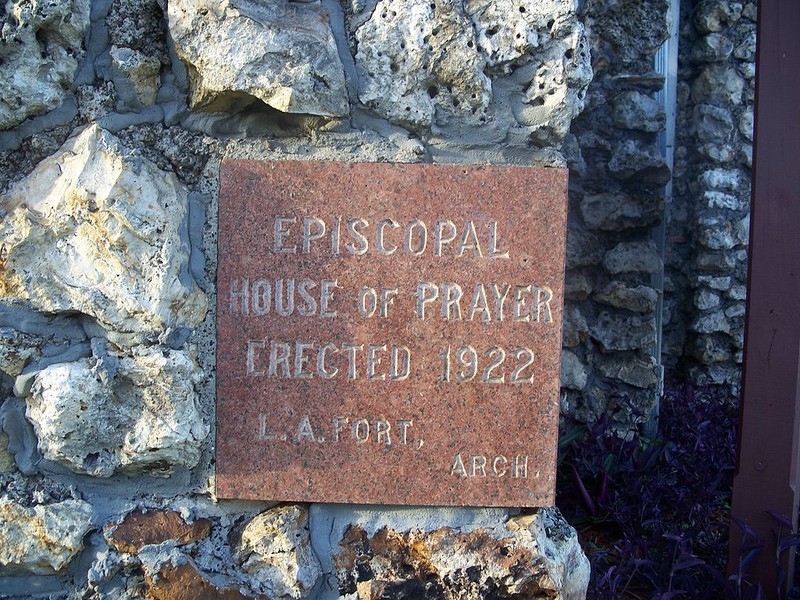
Backstory and Context
Text-to-speech Audio
St. James' roots date to September 8, 1907 when Rev. J.F. Porter held a service in a house at 12th Avenue and 10th Street in the Ybor City neighborhood. The congregation consisted of 22 members, most of whom were middle class whites. The congregation established a Sunday school with 33 students within a month. Continued growth in the coming years prompted the congregation to move to a new location at the intersection of Taliaferro and Sparkman Streets. By the early 1920s, it was clear that the congregation needed a larger church. The pastor, Rev. William C. Richardson, who was ordained late in life at the age of 63, led the effort to build it. He actually paid for most of it and inspired the design, which was created by local architect Louis A. Fort.
According to the National Register of Historic Places nomination form, to construct the church, rocks were dredged from the nearby Hillsborough River. However, the source of the rocks is uncertain. Some believe that they were in fact ballast rocks, which are used to balance weight in ships, and were taken from a spot on the shoreline in South Tampa that is now called Ballast Point.
Although completed in 1922, the church building would be dedicated a year later. This church, as of today, is one of two structures designated as a Local Landmark Structure by the city of Tampa. The congregation has 150 members as of 2023.
Sources
Guzzo, Paul. "100 years ago, this Tampa church was built with stones from the river." Tampa Bay Times. March 15, 2023. https://www.tampabay.com/life-culture/history/2023/03/15/100-years-ago-this-tampa-church-was-built-with-stones-river.
Thompson, Lori & Mattick, Barbara E. "Episcopal House of Prayer." National Park Service - National Register of Historic Places Nomination Form. February 21, 1991. https://npgallery.nps.gov/AssetDetail/NRIS/91000105.
Word-Burnside, Margaret. September 2006, "Ask Margaret". Tampa Bay Magazine, page 90-91.
Wikimedia Commons: https://commons.wikimedia.org/wiki/Episcopal_House_of_Prayer
